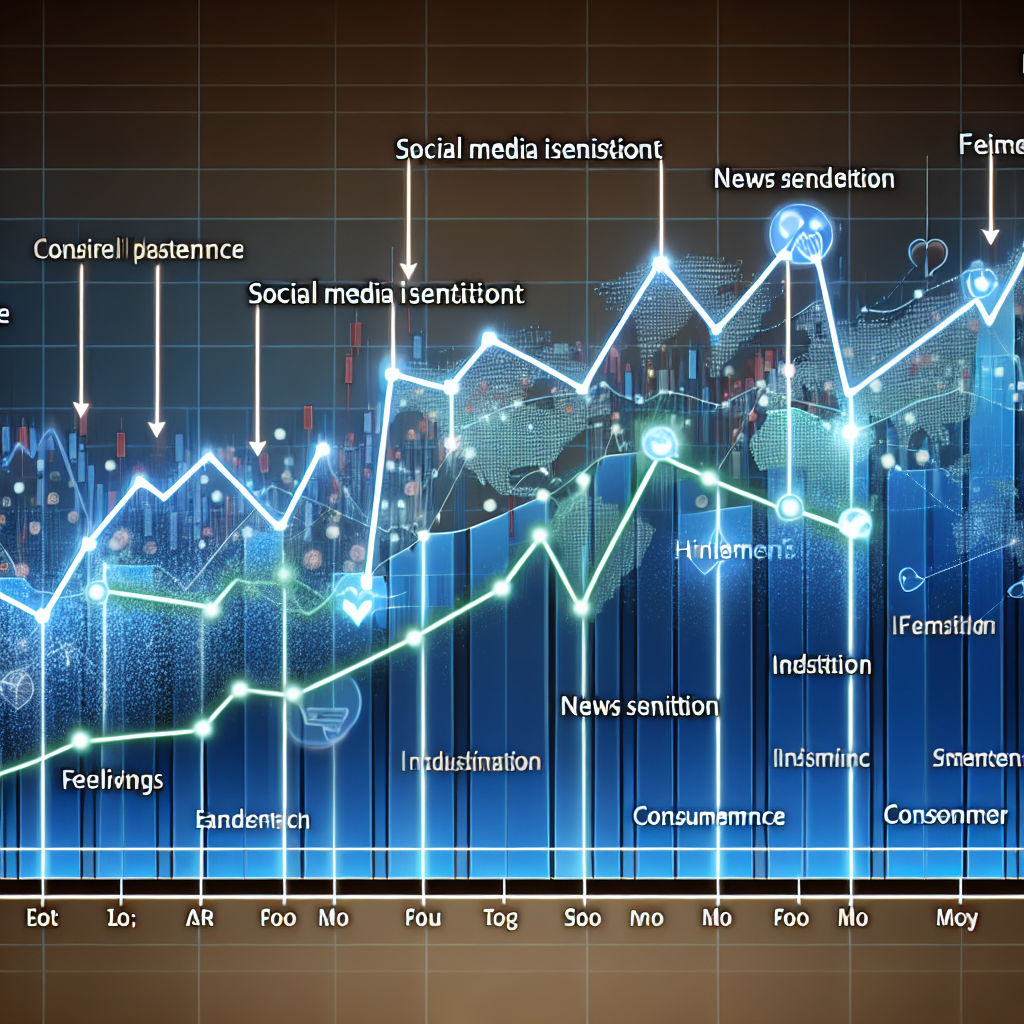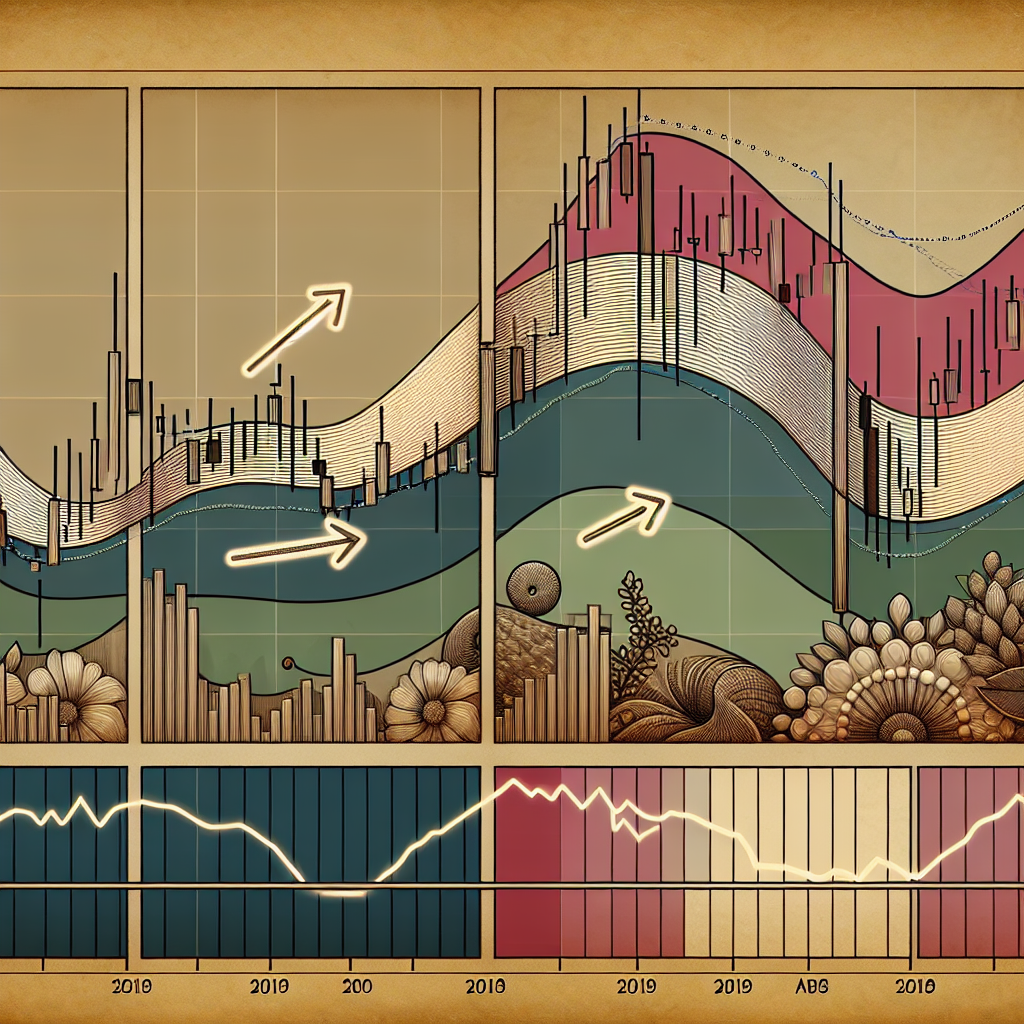Introduction to Sentiment Indicators
Sentiment indicators are widely used in the financial markets to gauge the mood or sentiment of investors. These indicators can provide valuable insights into the overall market sentiment and help predict potential market movements. They are particularly useful in volatile markets where investor sentiment can often dictate the direction of the market.
What are Sentiment Indicators
Sentiment indicators, also known as market sentiment indicators, are tools used by traders and investors to measure and track the general sentiment or mood of the market. These indicators can be quantitative or qualitative and are often used in conjunction with other trading tools and strategies to make informed investment decisions.
Quantitative Sentiment Indicators
Quantitative sentiment indicators are based on numerical data and often involve complex calculations. Examples of quantitative sentiment indicators include the Put/Call Ratio, the Volatility Index (VIX), and the Bullish Percent Index.
Qualitative Sentiment Indicators
On the other hand, qualitative sentiment indicators are based on non-numerical data, such as investor surveys and market commentary. These indicators are often more subjective and can be influenced by factors such as market rumors and news events.
How Sentiment Indicators are Used for Market Predictions
Sentiment indicators can provide valuable insights into the overall mood of the market and help traders and investors predict potential market movements. For example, a high level of bearish sentiment (negative market mood) may indicate a potential market downturn, while a high level of bullish sentiment (positive market mood) may signal a potential market upturn.
Contrarian Approach
Some traders use sentiment indicators in a contrarian manner, meaning they believe that when the majority of traders are bullish, it’s a signal to sell, and when the majority are bearish, it’s a signal to buy. This approach is based on the belief that when the majority of traders are on one side of the market, it’s likely to reverse direction.
Trend Confirmation Approach
Other traders use sentiment indicators to confirm existing market trends. For example, if the market is in an uptrend and sentiment indicators show a high level of bullish sentiment, this could confirm the uptrend and signal that it’s a good time to buy.
Examples of Sentiment Indicators
The Put/Call Ratio
The Put/Call Ratio is a popular quantitative sentiment indicator that measures the trading volume of put options to call options. A high Put/Call Ratio indicates a bearish sentiment, while a low Put/Call Ratio indicates a bullish sentiment.
The Volatility Index (VIX)
The Volatility Index, or VIX, is another widely used quantitative sentiment indicator. The VIX measures the market’s expectation of future volatility and is often referred to as the “fear gauge”. A high VIX indicates a high level of fear and uncertainty in the market, while a low VIX indicates a low level of fear and uncertainty.
Investor Surveys
Investor surveys are a type of qualitative sentiment indicator that measure the mood of investors. These surveys can provide valuable insights into the overall market sentiment and help predict potential market movements.
Conclusion
In conclusion, sentiment indicators are valuable tools that can provide insights into the overall mood of the market and help predict potential market movements. Whether used in a contrarian manner or to confirm existing market trends, these indicators can be a valuable addition to any trader’s toolkit.




